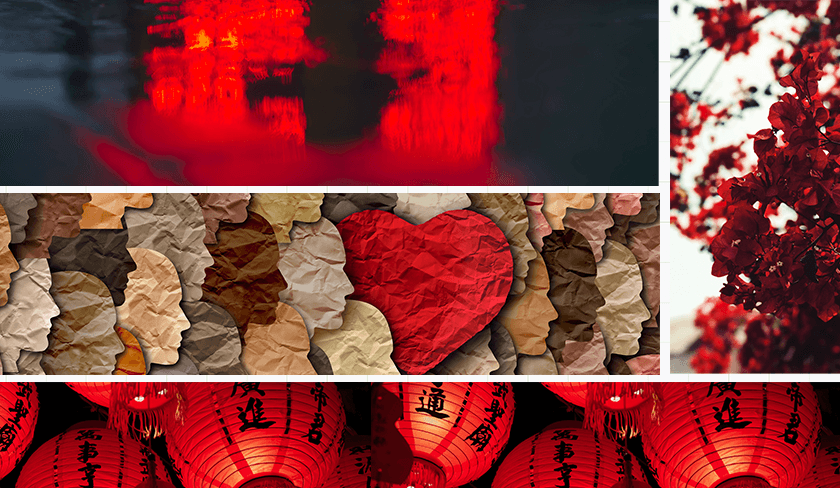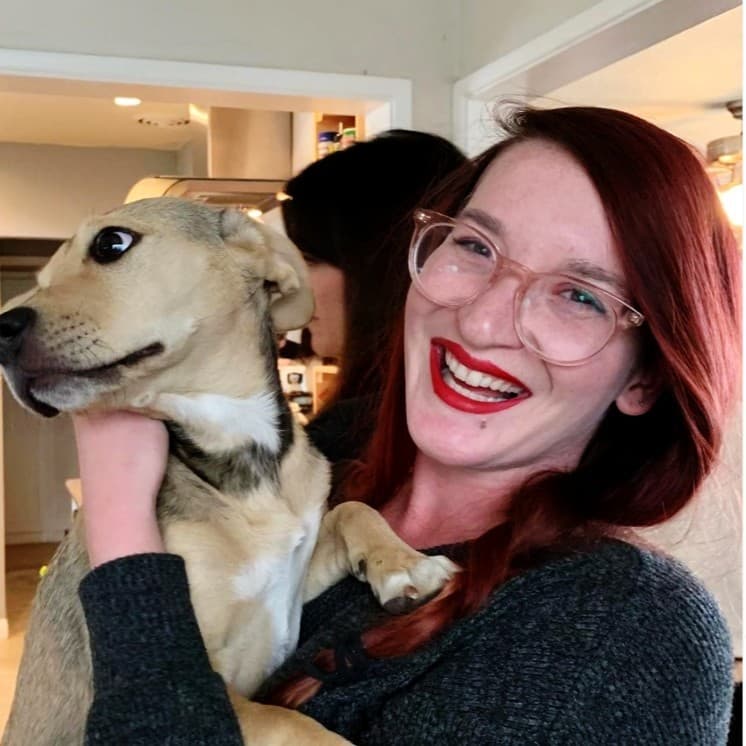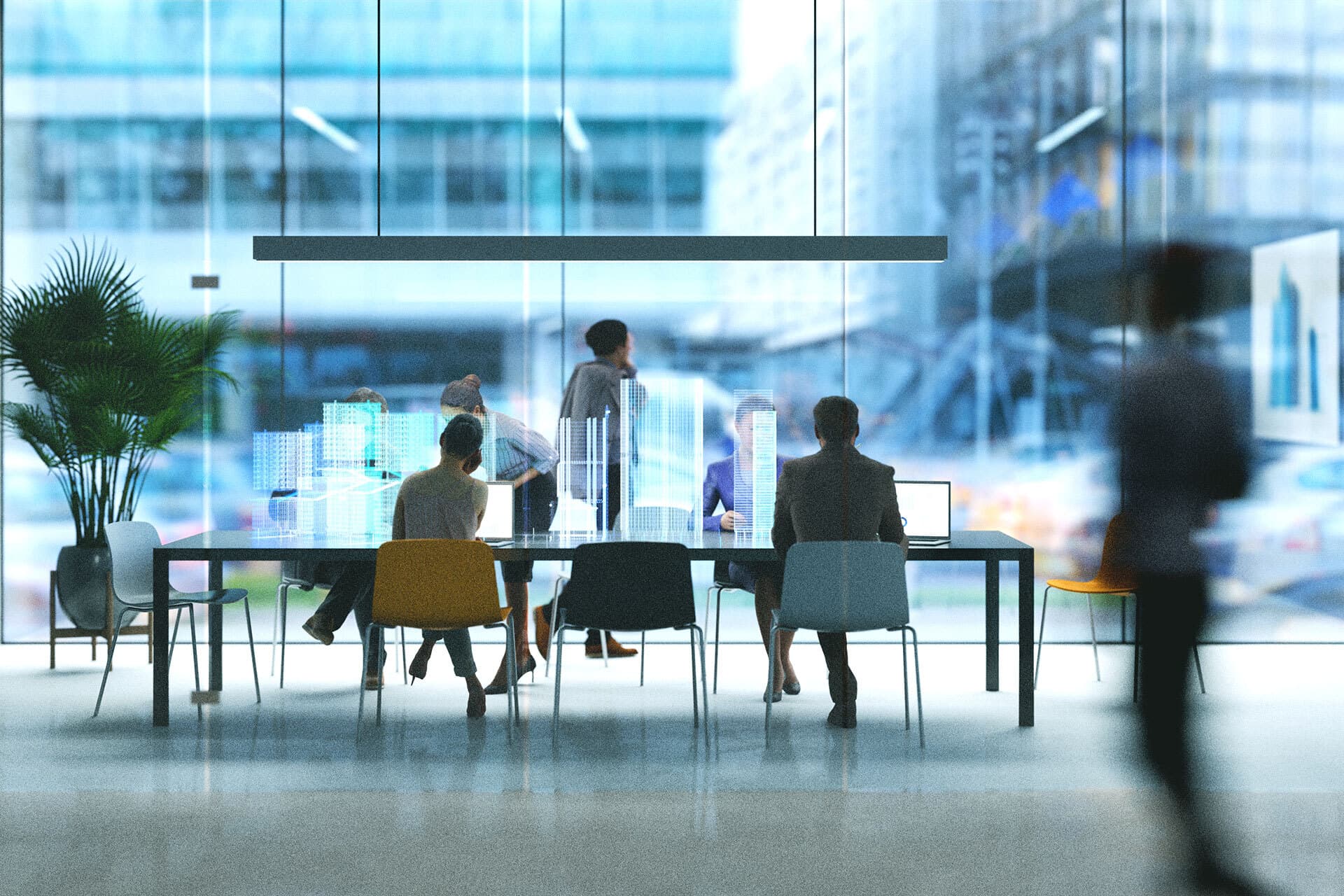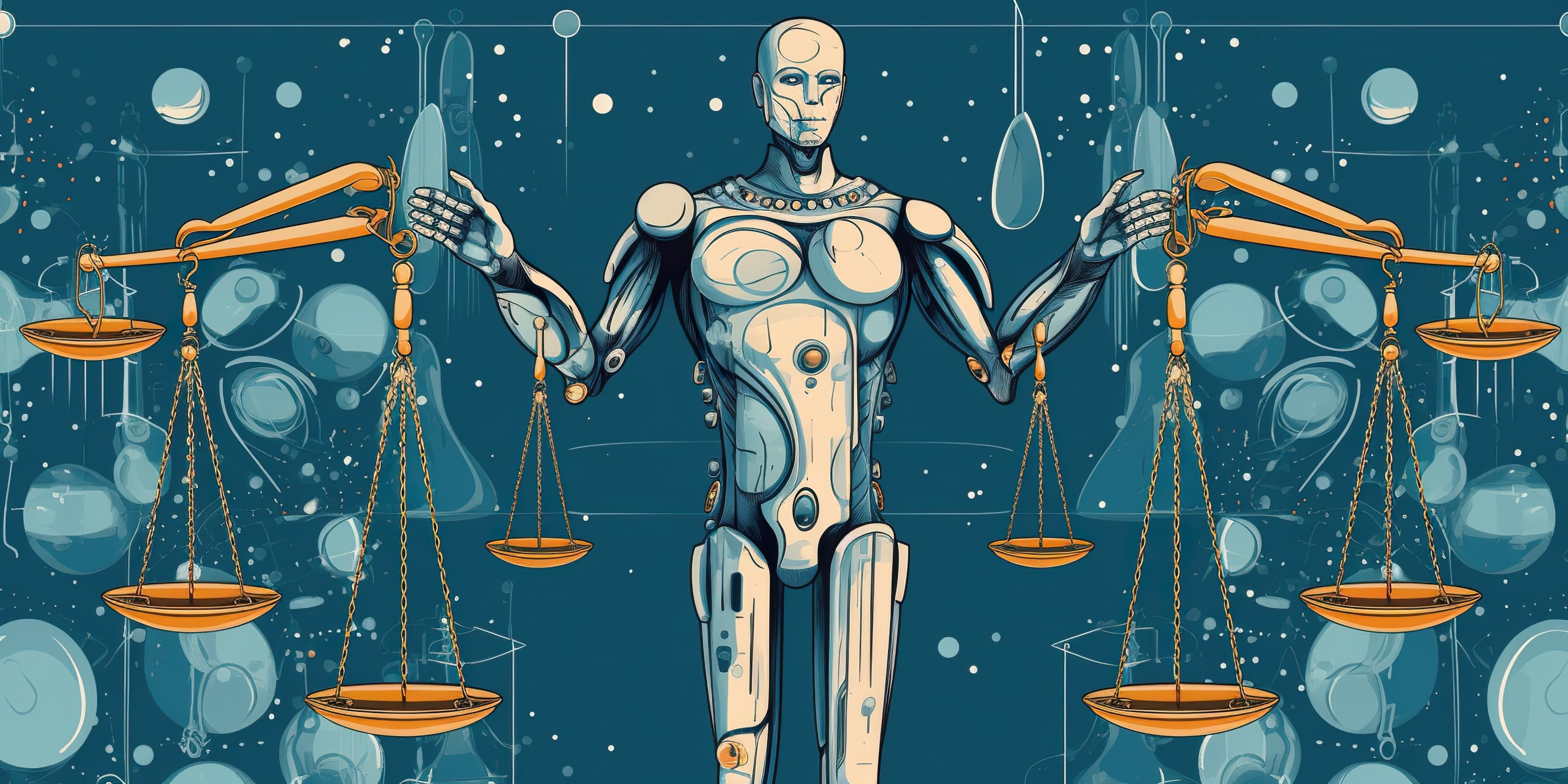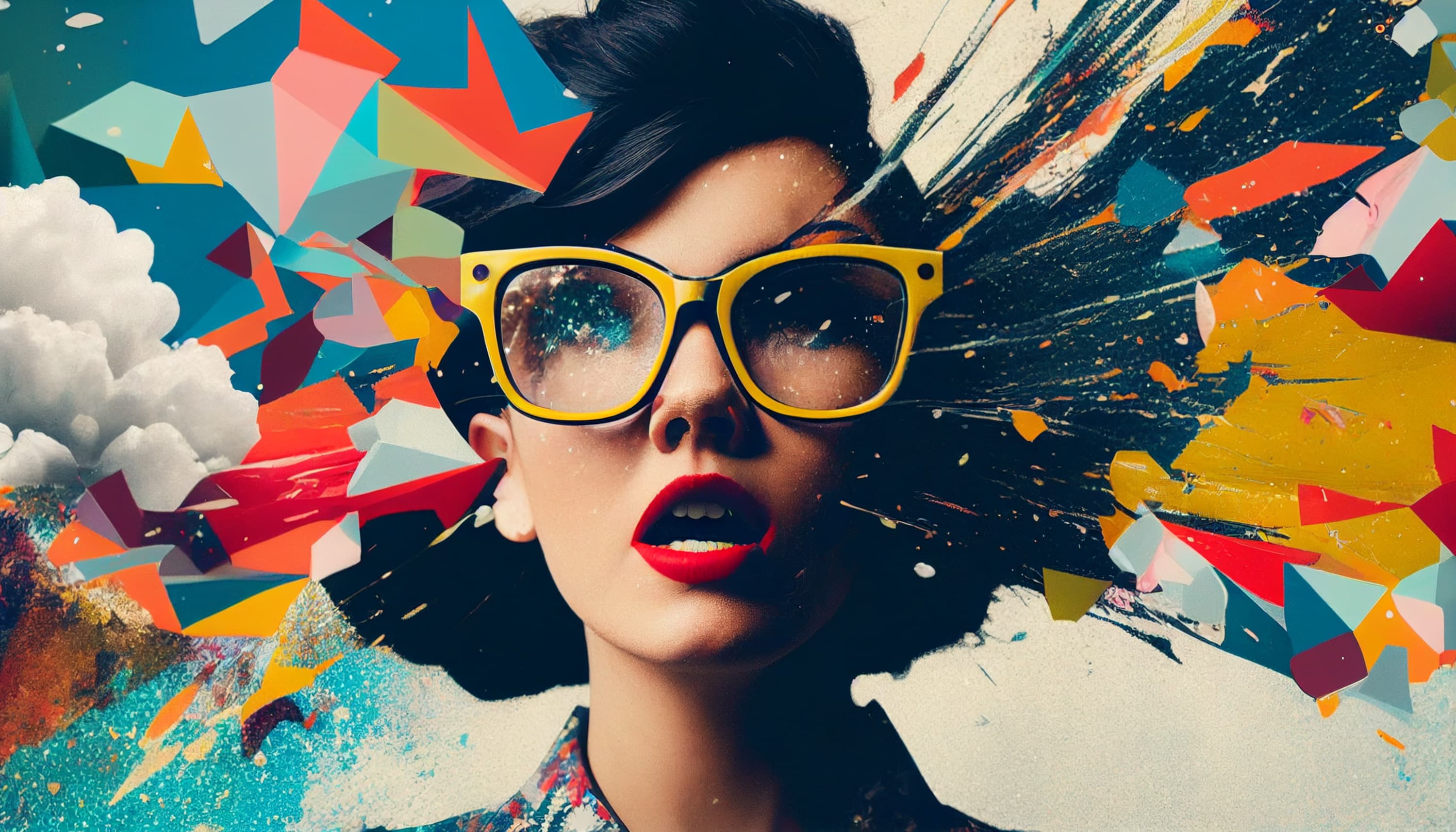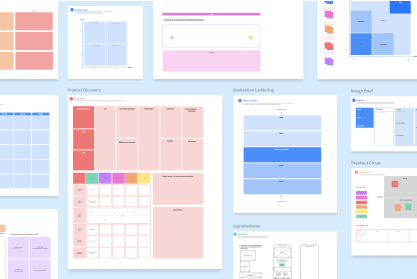Starting a new project is like clearing the slate. There are endless possibilities ahead. Where will your creativity lead you? And how will it take shape?
To get those creative juices flowing and to really hammer down the vibes you’re going for, creating a mood board is the first step in the right direction.
Sure, physical mood boards are cool. But digital mood boards are even more fun because you can easily share (even via social media if you're feeling fancy) and collaborate with others to inspire them, too.
With that in mind, let's dig into why mood boards are helpful and some examples of really successful ones that are sure to get those wheels turning:
Why Create a Mood Board?
There are three main reasons why mood boards are helpful, whether they be physical or digital:
They help to define your idea. The easiest way to convey your idea is to turn it into a tangible, thought-provoking visual concept. Mood boards translate the big picture into bite-sized bits people can really wrap their heads around. This will help others to understand and support your project much faster than a sterile PowerPoint.
They make your vision contagious. Mood boards come in clutch when you want to bring a vision together across teams. The more eyes on your mood board, the better; once people are sold on your vision, it'll be easier to execute when collaborating with different stakeholders.
They provide a guiding light. An effective mood board should be able to define your project in one glance way more effectively than you could describe it in ten minutes. Mood boards are a source of truth during the design process and keep the identity of your project consistent throughout the various stages of development.
Examples of Amazing Mood Boards
1. Branding Mood Board
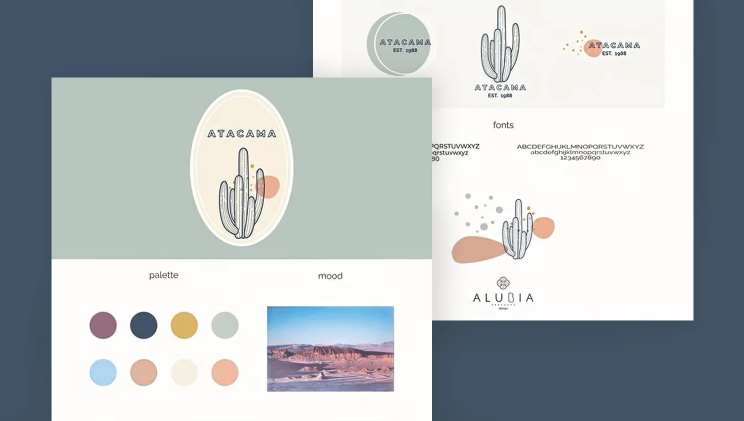
This mood board example from Alubia Designs is simple yet very effective in showing multiple options for branding. While there is still a unified look and feel, the mood board shows multiple versions of potential logos stemming from the same general vision.
2. Website Mood Board
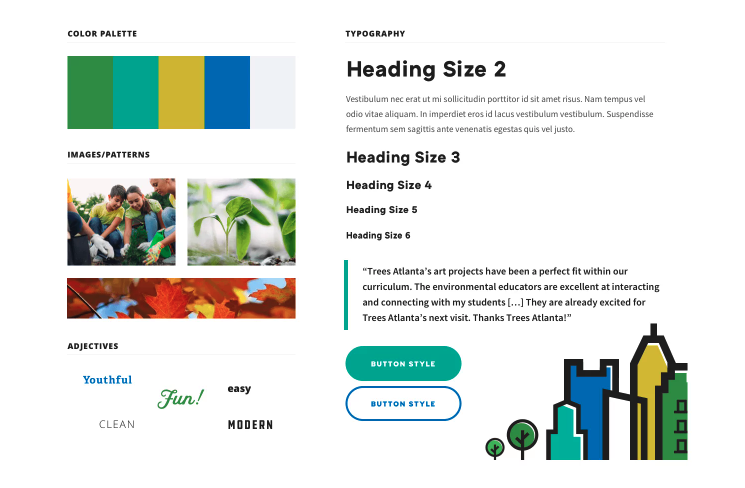
This example from New Media Campaigns shows that sometimes, less is more. Everything on this digital mood board is straight to the point; even though it’s a very preliminary style, it solidifies concrete branding standards to be built from, such as colors and fonts. It clearly sets out an earthy, cool-toned feel with straight-forward CTAs and minimal design elements.
3. Pattern Mood Board
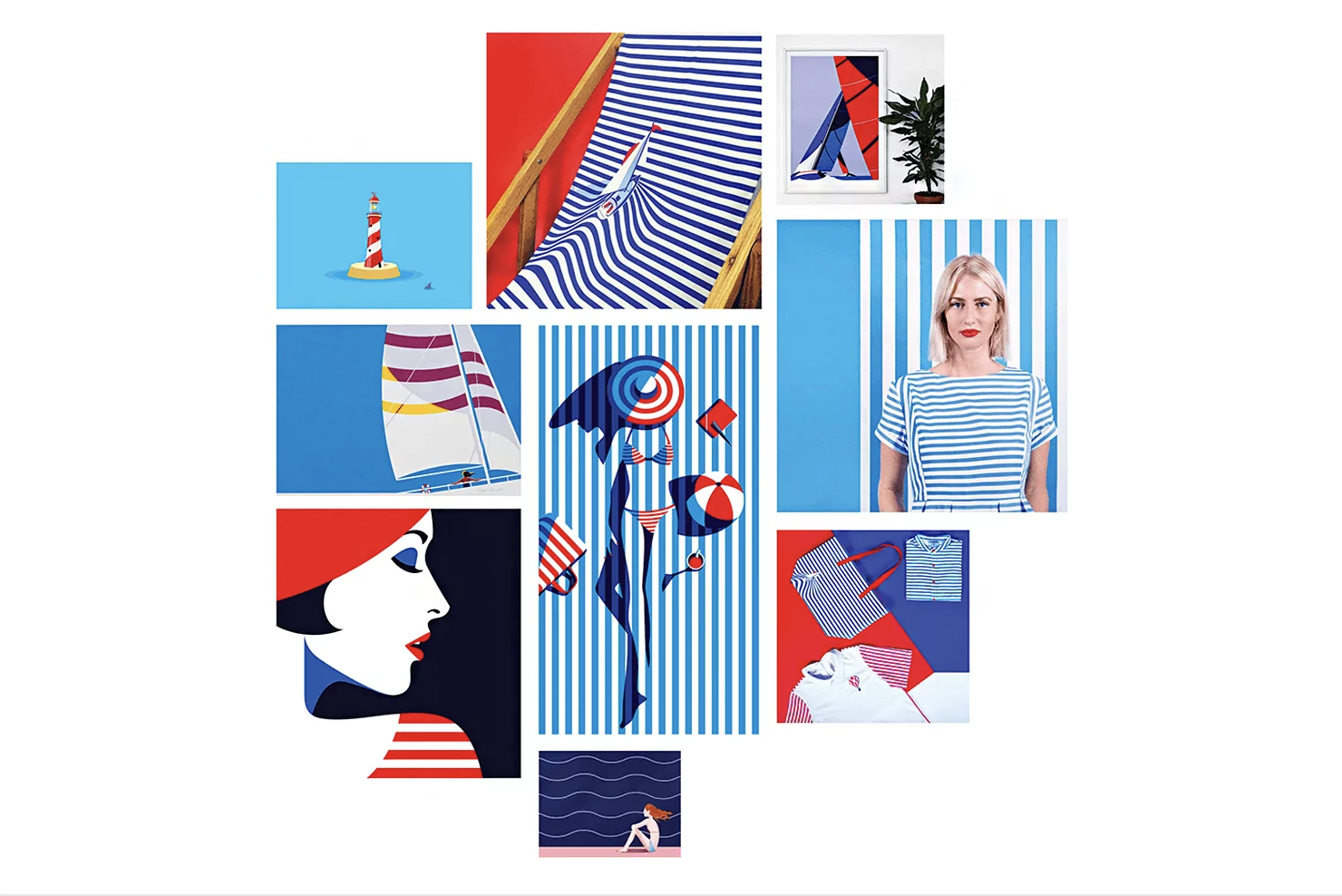
Pattern mood boards are a little different, but still very fun and add a tactile element to your creative projects.
This sort of mood board is typically used as a kick-off for other reference materials; although inspiring and helpful for graphic designers, it's not enough to totally execute a project from start to finish. With a few additional finishing touches, such as font style and UX elements, you're off to a great start!
4. Event Mood Board

Many people use mood boards to plan events such as weddings to ensure that their big day is perfect. This dreamy digital mood board for a blue, beachy wedding was actually created in Bluescape using Popsync, the fastest way to find the images you need to capture the spirit of your next creative project.
Bluescape even has a mood board template to make it easier than ever to bring your biggest ideas to life. You can also place multiple mood board templates if you want to present multiple options to your team or client.
See how this mood board was created in an easy-to-follow tutorial.
"Putting this together in PowerPoint would have taken 6-9 hours. I created this mood board in Bluescape with Popsync in 3 hours."
- Barbara Johnson, Content Creator
5. User Journey Mood Board
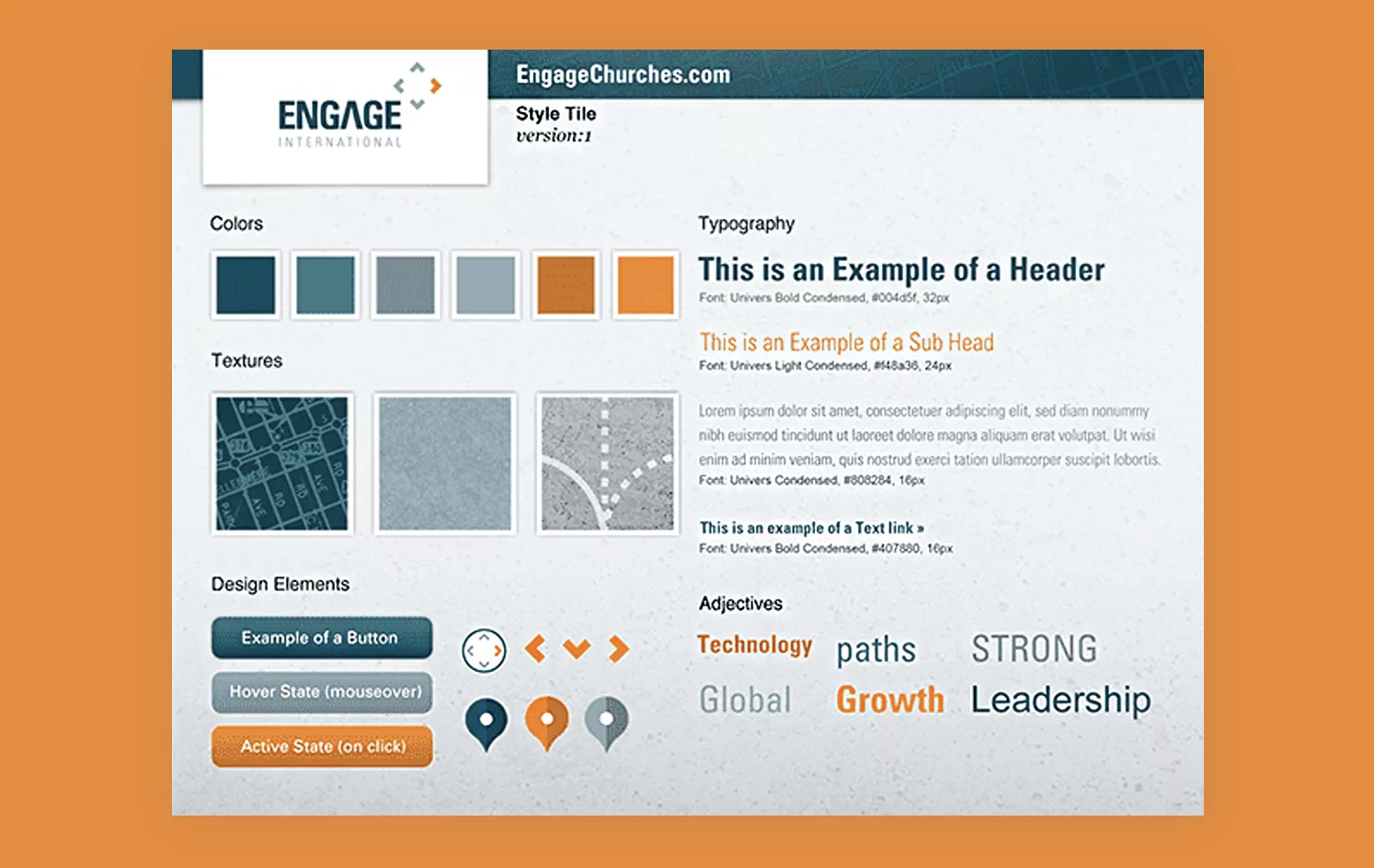
Although heavily associated with creative endeavors, mood boards can also be used to optimize your website's user experience. Mood boards like this one include tangible UI elements such as buttons, directional arrows, fonts, and map markers. The color palette is clearly defined with a warm mix of orange and brown, to contrast with some cooler greys and blues.
Something interesting to note about this example is that the designer uses adjectives to set the board's tone, such as "growth" and "leadership."
6. Multi-Mood Board(s)
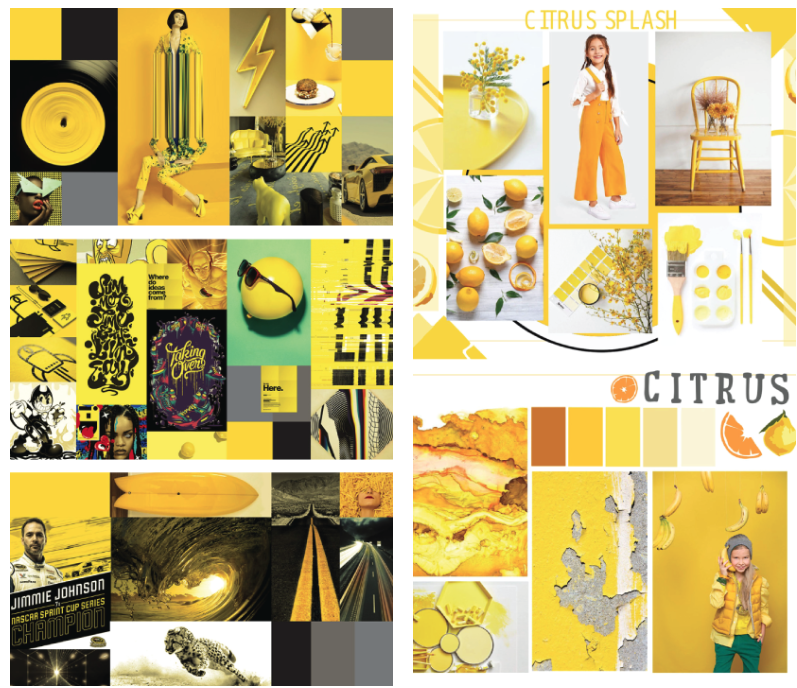
Who said you could only have one mood board?
To amp up your visual brainstorming, go ham and create more than one mood board for your project. You'll have more options to choose from and be able to easily decide on which images or combinations of images to include in the final mood board.
Create Your Own Mood Board
Now that you’ve seen some of the many ways to create a mood board, it’s time to put your favorite method to the test!
If you need a helping hand to get you started, learn more about using templates in Bluescape in this blog post!
